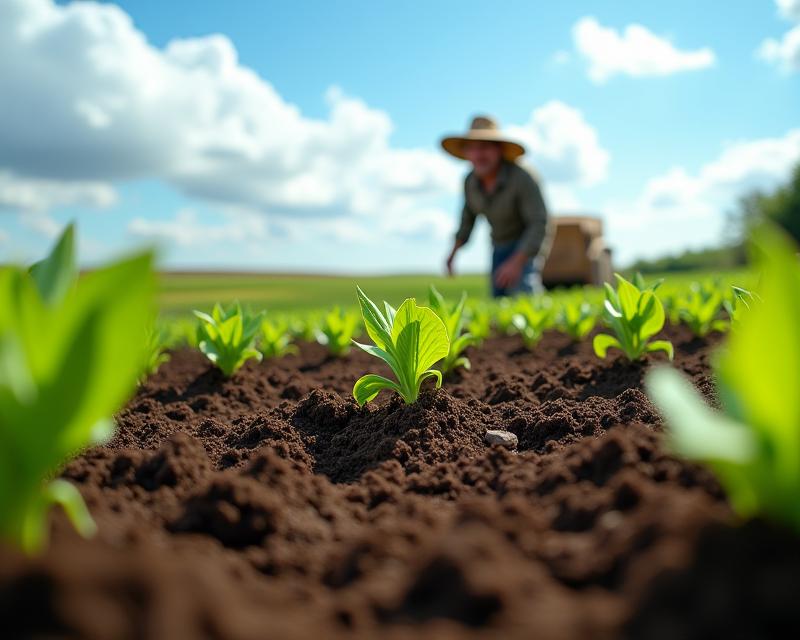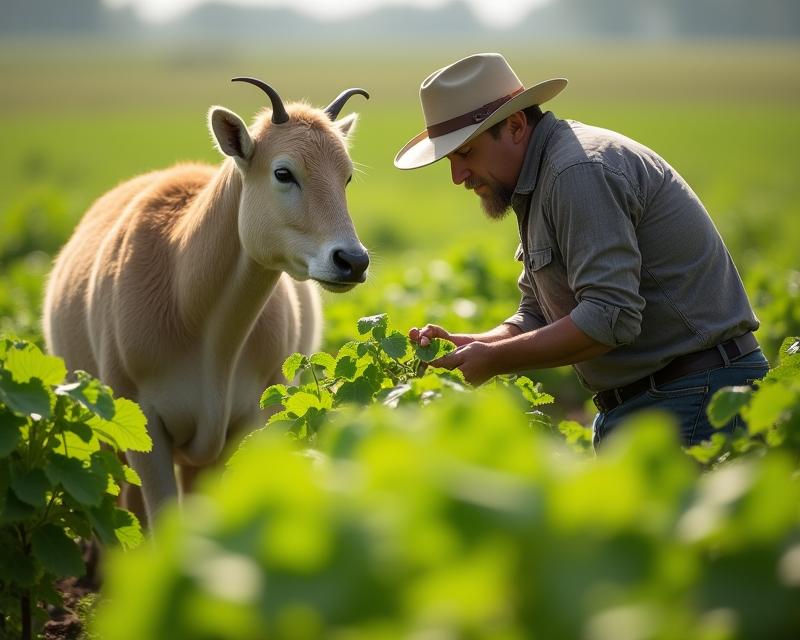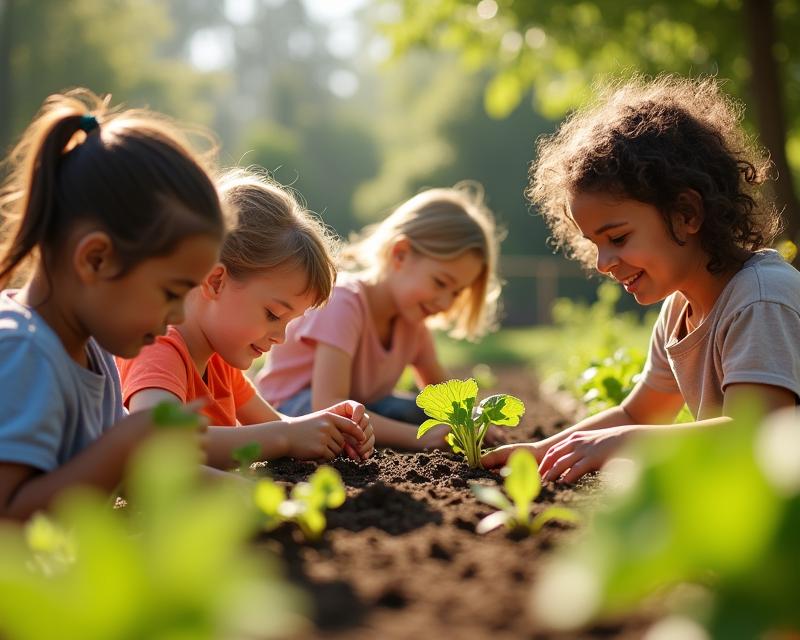Regenerative Farming: Healing the Soil
Publish in Sustainable Farming el 28/06/2025 22:14
Regenerative Farming: Healing the Soil
For decades, conventional farming practices have often depleted soil health, leading to reduced yields and environmental concerns. But a new approach is gaining traction: regenerative agriculture. This isn't just about minimizing harm; it's about actively *improving* the soil's health and resilience. Regenerative farming focuses on rebuilding organic matter, increasing biodiversity, and enhancing water cycles – creating a healthier ecosystem from the ground up.

The Core Principles
Regenerative agriculture revolves around several key principles. One crucial aspect is minimizing soil disturbance. Tillage, while sometimes necessary, can disrupt soil structure and release carbon. No-till or reduced-till methods help preserve the soil's natural architecture. Another vital principle is keeping the soil covered. Cover crops, mulches, and crop residues protect the soil from erosion, suppress weeds, and provide a habitat for beneficial organisms. Finally, promoting biodiversity – through crop rotation, intercropping, and integrating livestock – creates a more resilient and balanced ecosystem.
Benefits Beyond the Soil
The benefits of regenerative farming extend far beyond just healthier soil. Improved soil health leads to increased water infiltration and retention, making farms more resilient to drought and flooding. Healthier soil also sequesters more carbon from the atmosphere, helping to mitigate climate change. Furthermore, regenerative practices often reduce the need for synthetic fertilizers and pesticides, leading to healthier food and a reduced environmental footprint. Farmers often report increased yields and reduced input costs as well, creating a more profitable and sustainable operation.
Getting Started
Transitioning to regenerative agriculture doesn't have to happen overnight. Farmers can start small by implementing practices like cover cropping or no-till on a portion of their land. Resources are available through agricultural extension offices, non-profit organizations, and online communities to help farmers learn more and implement these practices effectively. It's a journey of continuous learning and adaptation, but the rewards – a healthier planet and a more resilient food system – are well worth the effort.





